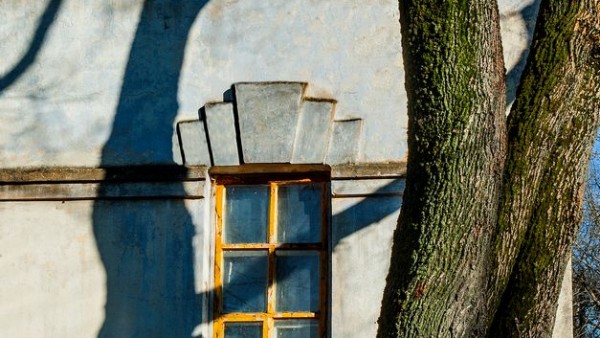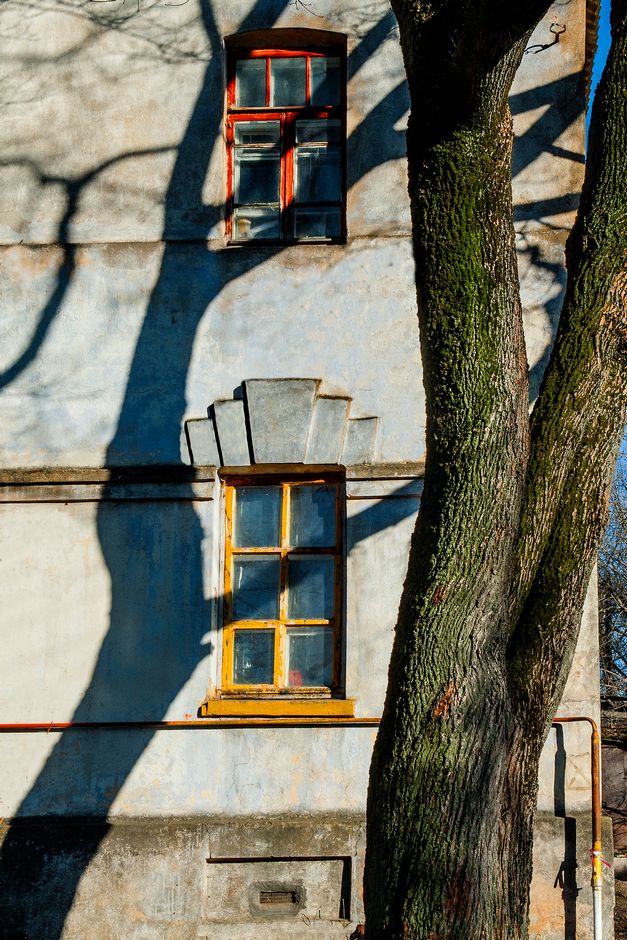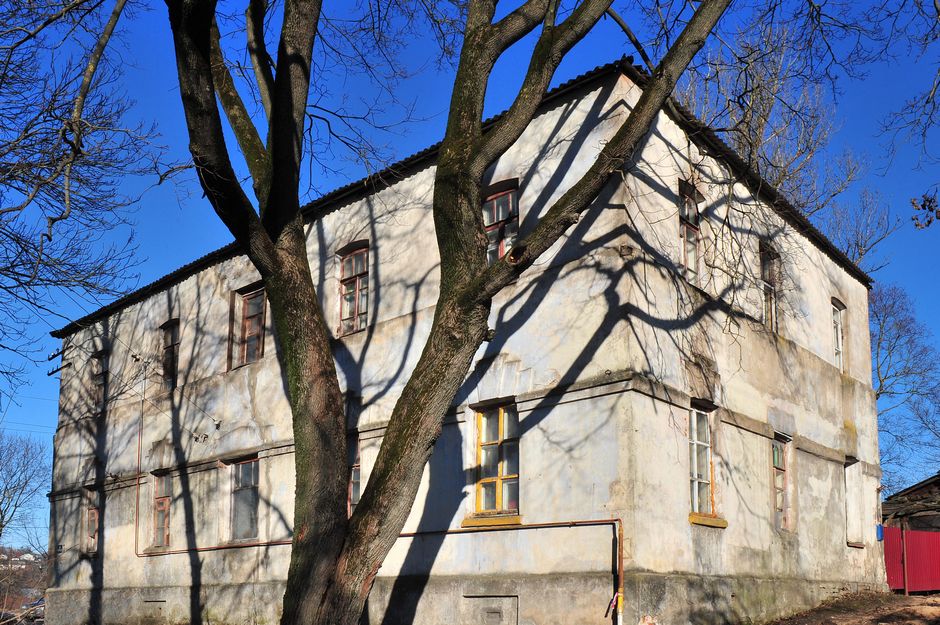«Imperial» stones on the unremarkable house

 For a modern city a special rhythm of life is indicative, the pursuit of simplicity and freedom of choice. However, sometimes the memory takes us back to the times when the cord pretentiousness and pomposity were the norm, but not the exception.
For a modern city a special rhythm of life is indicative, the pursuit of simplicity and freedom of choice. However, sometimes the memory takes us back to the times when the cord pretentiousness and pomposity were the norm, but not the exception.
One of such periods is the time when in France Napoleon Bonaparte was in, and the Empire style reigned in the art of this period. In a Josephine’s easy state of mind — Napoleon beloved, a tailor Leroy began to tire in the Empire dresses all French imperial court. Woman’s outfits of that epoch were very poetic and reminded ancient statues. The bystander of the era, F.F. Vigel, wrote: «If it were not for the uniforms and tailcoats, the balls would have been look like the ancient bas-reliefs and antique vases.» In fact, empire clothing did the Parisian fashion-monger to look like Greek goddesses.
However, as for the architecture …
The imperial style origin is largely affected the choice of materials for the architect’s plan realization. As the style emphasized individuality and pomposity, to finish building’s decoration was used natural stone to emphasize the solemnity and elitism. Empire-style facades were decorated by rustication — the decorative surface treatment of walls, that looked like large stones and had the form of horizontal stripes of equal width (more precisely — height), firmly coming out above the background.
The Empire in Smolensk …
 On the crossing of Sobolev and Timiryazev streets, there is a house under the number «1». This small house appeared at the first half of the 19th century, and even by the standards of that time had stingy setting. But still it has its highlight, a characteristic Empire-style «impression.» It can be seen in the design of window openings, the completion of each has a piece of «rustication of Empire» with a monumental castle stone in the center. Keystone is also often performed in the Empire as an ornamental and sculptural treatment of the arches and served as its decoration. The house is interesting as an example of a residential city built-up environment of the early 19th century, an object of cultural heritage.
On the crossing of Sobolev and Timiryazev streets, there is a house under the number «1». This small house appeared at the first half of the 19th century, and even by the standards of that time had stingy setting. But still it has its highlight, a characteristic Empire-style «impression.» It can be seen in the design of window openings, the completion of each has a piece of «rustication of Empire» with a monumental castle stone in the center. Keystone is also often performed in the Empire as an ornamental and sculptural treatment of the arches and served as its decoration. The house is interesting as an example of a residential city built-up environment of the early 19th century, an object of cultural heritage.

